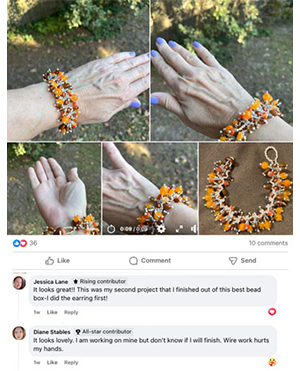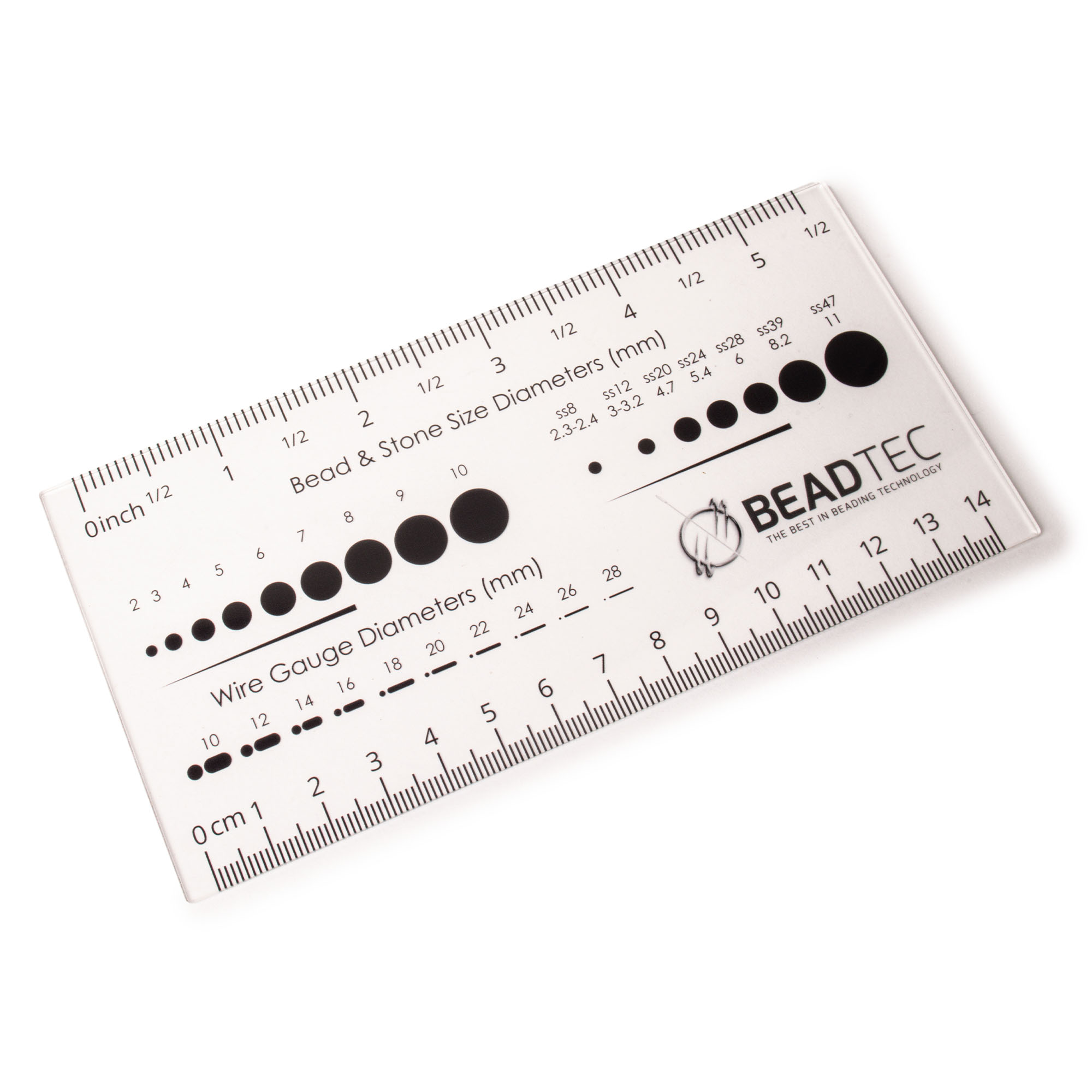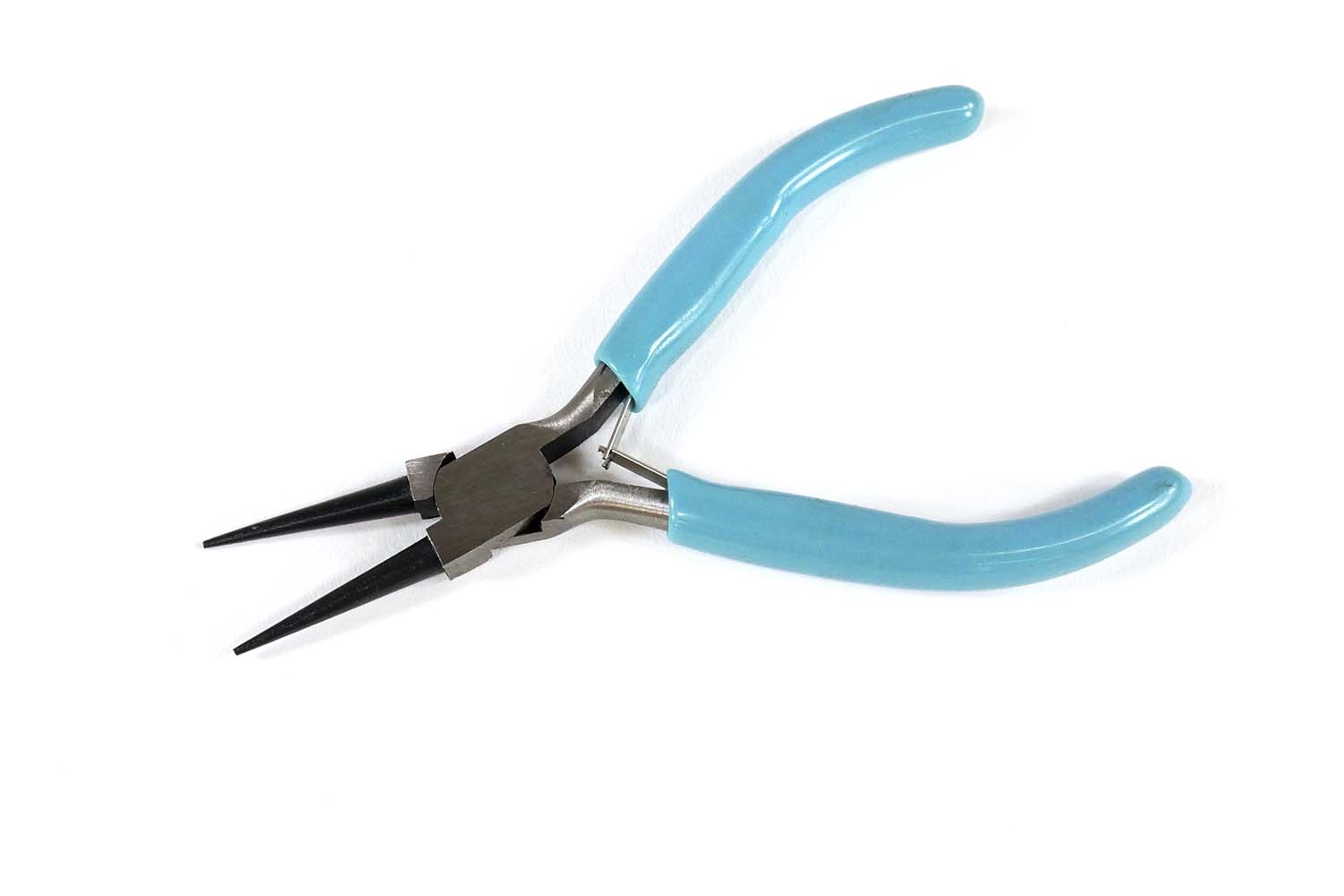- Jewelry-Making Supplies ▾
Design Jewelry with Confidence!
Seed Beads
Thread, Wire, & Stringing Materials
Athenacast Findings & Components
Everything Else
- Kits & Collections ▾
Assemble Your World
Kits & Collections
- Subscriptions ▾
Want monthly Beading Happiness?
Subscriptions
- Learn to Make ▾
Want to learn more?
- Discounts & Deals ▾
Explore Today's Promotions!
- Jewelry-Making Supplies
- Kits & Collections
- Subscriptions
- Learn to Make
- Discounts & Deals
-
Seed Beads
Thread, Wire, & Stringing Materials
Findings & Components
Everything Else
-
Kits & Collections
-
Subscriptions
- Home
- How to Make Jewelry
- Better Beader Episodes
- Everything You Need to Know about …
Everything You Need to Know about Bead Metals & Platings

Watch the Video Tutorial
Watch the Video Tutorial
Need Any Extra Materials?
Need Any Extra Materials?
Need Any Extra Materials?
Need Any Extra Materials?
Episode Transcript
Episode Transcript
Introduction
In this informative Better Beader episode, Allie and Katelyn dive deep into the world of bead metals and platings. Understanding the different types of metals and platings used in jewelry making is essential for creating beautiful, long-lasting pieces. This article will provide a comprehensive overview of the key points discussed in the episode, helping you make informed decisions when selecting materials for your beading projects.
Types of Metals
The episode covers a wide range of metals commonly used in beading, including:
- Base metals: Brass, copper, and nickel
- Precious metals: Sterling silver, gold-filled, and gold
- Stainless steel
- Aluminum
- Titanium
- Niobium
Each metal has its own unique properties, such as durability, color, and potential for allergic reactions. Understanding these characteristics will help you choose the best materials for your projects and customers.
Platings and Finishes
In addition to the base metals, the hosts discuss various platings and finishes that can enhance the appearance and durability of your beads and findings. Some of the platings mentioned include:
- Gold plating
- Silver plating
- Rhodium plating
- Antique finishes
- Hematite plating
Each plating has its own benefits and drawbacks, such as the level of tarnish resistance and the potential for the plating to wear off over time. The hosts provide helpful tips on caring for plated items to maintain their appearance and extend their lifespan.
Allergies and Skin Sensitivities
An important topic covered in the episode is allergies and skin sensitivities to certain metals. The hosts discuss common culprits, such as nickel, and provide suggestions for alternative metals that are less likely to cause reactions, like niobium and titanium. They also emphasize the importance of disclosing the metal content when selling jewelry to customers with sensitivities.
Quality and Price Considerations
Allie and Katelyn offer valuable insights into the relationship between metal quality and price. They explain how factors like the purity of the metal, the thickness of the plating, and the country of origin can impact the cost of your materials. By understanding these factors, you can make informed decisions when purchasing beads and findings, balancing quality and affordability.
Conclusion
This Better Beader episode provides a wealth of information on bead metals and platings, empowering you to make knowledgeable choices when selecting materials for your jewelry projects. By understanding the properties, benefits, and potential drawbacks of each metal and plating option, you can create stunning, high-quality pieces that will stand the test of time. So, take this knowledge and apply it to your next beading project, and don't forget to share your creations with the Better Beader community!
Join Our Growing Community
Join Our Growing Community




Our Testimonials
Our Testimonials
- 55868 (83.8%)
- 4799 (11.4%)
- 3287 (4.1%)
- 228 (0.4%)
- 124 (0.3%)
- Favorite Reviews
- Highest to Lowest
- Newest to Oldest
- All Ratings
- 5 ★ Reviews
- 4 ★ Reviews
- 3 ★ Reviews
- 2 ★ Reviews
- 1 ★ Reviews
Loading...
Only Visible on Admin Mode
Item Description
Designer's Material List
Project Steps
Choosing the Finish: Decide between a bright, antique, or natural finish based on the design aesthetics. For lasting brightness, opt for high-quality platings from reputable sources.
Understanding Metal Qualities: Learn about the different metal qualities, such as the durability of gold-filled vs. gold-plated materials, and the weight considerations for pewter.
Applying Techniques: Utilize the chosen metals in your beading or jewelry-making project, considering their characteristics for the best outcome.
Highest Quality
Products
100% Money
Back Guarantee
Fast
Shipping
Best Teaching &
Customer Service
You'll want these emails...
Get Free Projects & Inspiration
Get Free Projects & Inspiration
- Bullet 1
- Bullet 2
- Bullet 3
Copyright © PotomacBeads









